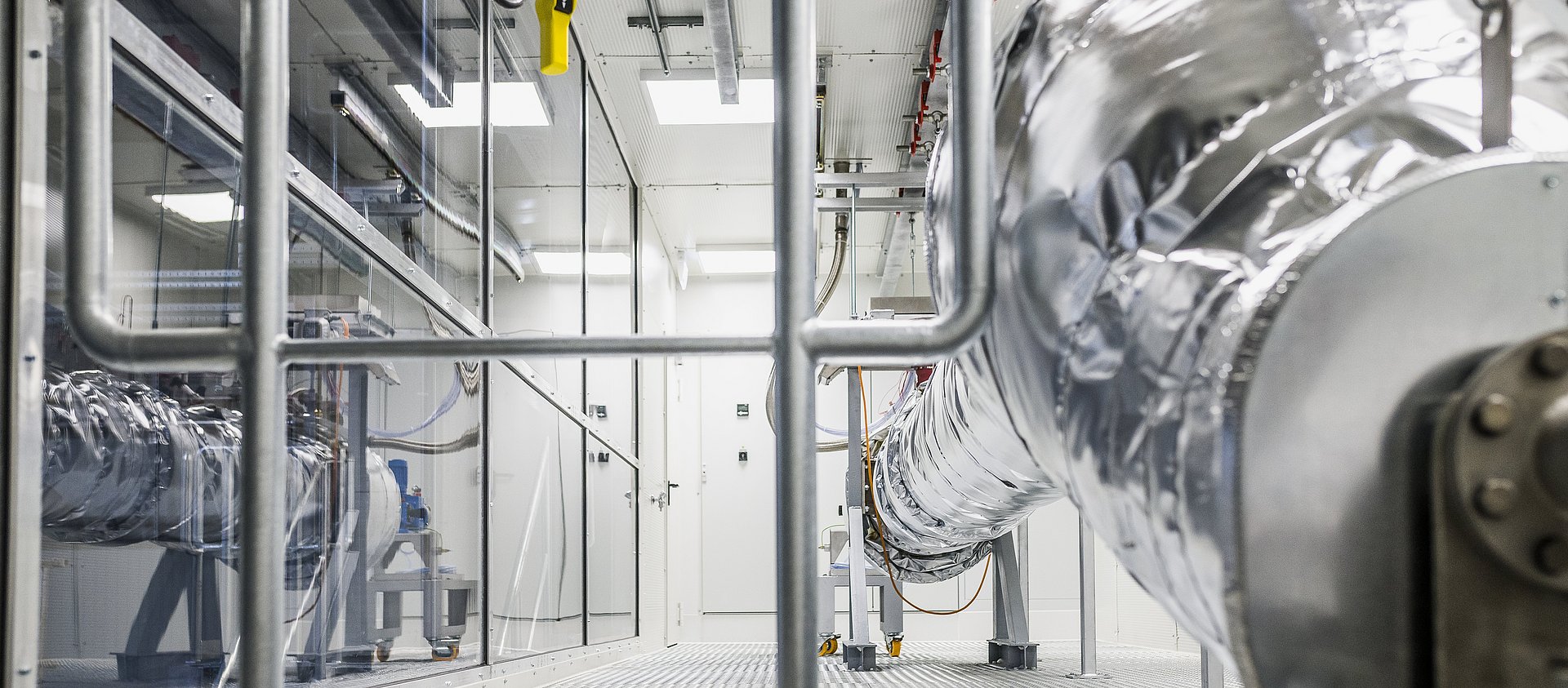Maintaining Material Properties from Flame Spray Pyrolysis
In an earlier blog post we took a look at the empirical attempts of our research & development on scale-up and the transfer of flame spray pyrolysis into our pulsation reactors. TU Dresden has now developed several theoretical models for simulating the processes in the plants and published the results.
In an interdisciplinary project, researchers from process engineering, mechanical engineering, chemistry and sensor technology together with IBU-tec have theoretically demonstrated that the improved heat transfer in a pulsation reactor can compensate for the low gas temperatures in contrast to FSS. In addition, they were able to show how the initial heat transfer on particles in flame spray pyrolysis in the pulsation reactor can be simulated.
The publication thus verifies the approach of developing material on a laboratory scale with flame spray pyrolysis and transferring it to a pulsation reactor for production, while maintaining the characteristic properties of the small particle size with a large specific surface area at the same time!
The paper forms the basis for further publications and holds out the prospect of a simplified transfer of material developments in the FSP to the pulsation reactor – a further step on the way to more economical use!

